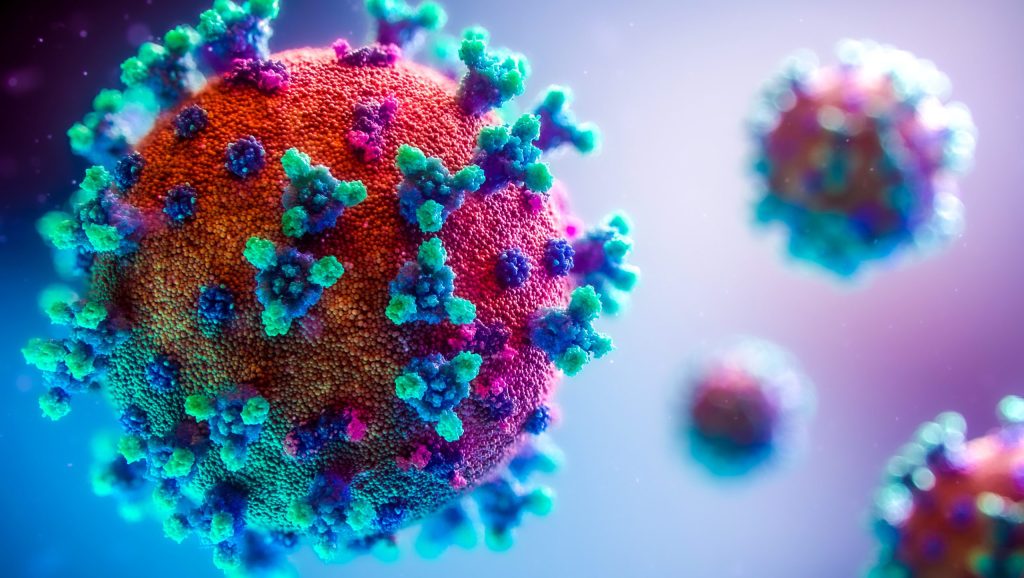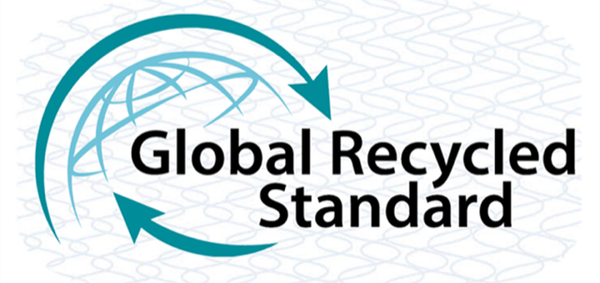
Basics
Polymers are made of long, repeating chains of molecules. The
materials have unique properties, depending on the type of molecules being bonded and how they are bonded. Some polymers bend and stretch, like rubber and polyester. Others are hard and tough, like epoxies and glass.
Polymers touch almost every aspect of modern life. Chances
are that you have been in contact with at least one polymer-containing product in the last 10 minutes. Chances are that you may wear a textile with LITRAX technology.
Natural or Synthetic?
The term polymer is often used to describe plastics, which are synthetic polymers. However, natural polymers also exist, like rubber, wood, etc. There are natural polymers that consist of a simple hydrocarbon, isoprene, Proteins are natural polymers, too, made up of amino acids. Nucleic acids (DNA and RNA) are polymers of nucleotides — complex molecules composed of nitrogen-containing bases, sugars and phosphoric acid, for example. Lignocellulosic resources have a potential to replace plastics and materials, which have been traditionally based on fossil resources. This is important, as the development of high performance bio-based and renewable materials is one important factor for sustainable growth of the bio-based industry. LITRAX welcomes inquiries for renewable and recycled polymers!


Swiss Nobel Prized Polymer Father
Hermann Staudinger, a professor of organic chemistry at the Eidgenössische Technische Hochschule (University of Applied Sciences) in Zurich, is the father of modern polymer development. His research in the 1920s led the way to modern manipulations of both natural and synthetic polymers. He coined two terms that are key to understanding polymers: polymerization and macromolecules, according to the American Chemical Society (ACS). He was awarded a Nobel Prize in Chemistry in 1953 “for his discoveries in the field of macromolecular chemistry.”
Polymer Application
Polymers are used in almost every area of modern living. Grocery bags, soda and water bottles, textile fibers, phones, computers, food packaging, auto parts, and toys all contain polymers. An increasing number of these application need functionality like warming or cooling, others need protection against viruses like COVID-19, UV light, oil, dirt, water, impact, and more. LITRAX takes care of exactly that!
Even more-sophisticated technology uses polymers. For example, “the membranes for water desalination, carriers used in controlled drug release and biopolymers for tissue engineering all use polymers,” according to the ACS.
A life in Bioplastics is more fantastic! The number of companies developing biobased and biodegradable plastics is increasing rapidly. Bioplastics can be used for many functional applications with additives developed by LITRAX.


